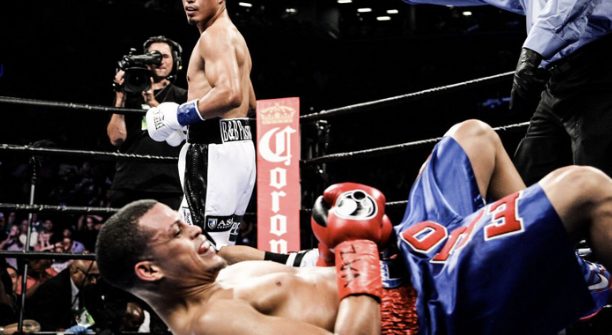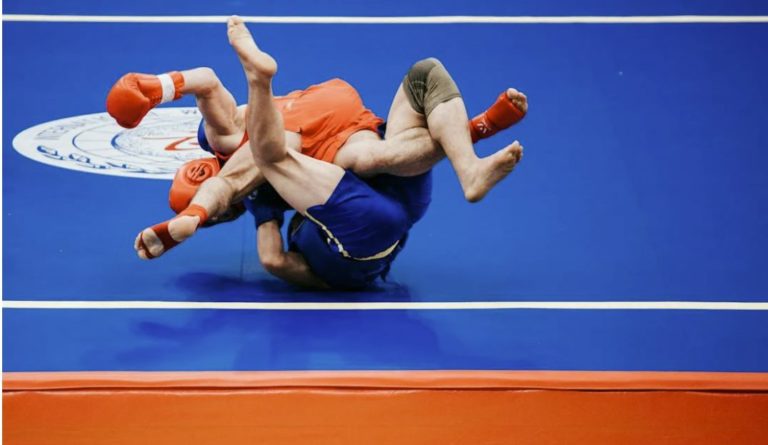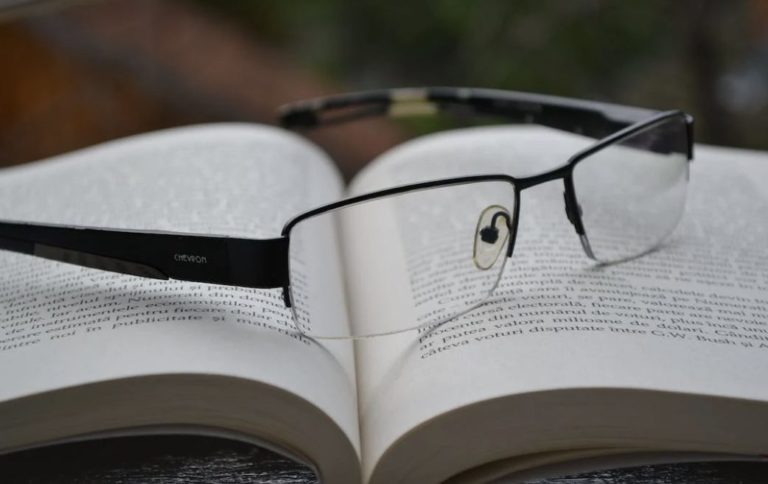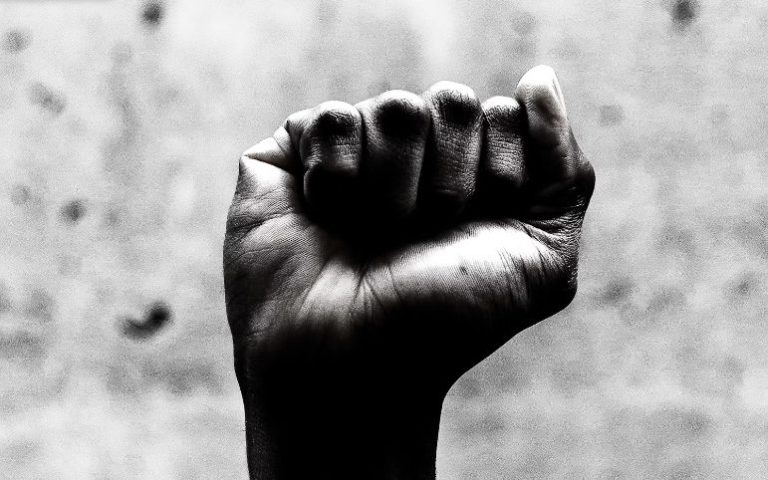What is the Triangle Theory in Boxing? A Clear and Neutral Explanation
Many boxers use the triangle theory without even realizing it. This technique can give a fighter a significant advantage in the ring. While many fans enjoy seeing fighters go toe-to-toe and trade punches, it’s also exciting to see both fighters use this technique to outmaneuver each other.
This article will explore the triangle theory in boxing and how it can be incorporated into a fighter’s skillset. It will cover the offensive and defensive advantages of the triangle theory and provide examples of it in action.
Key Takeaways
- The triangle theory is a technique used in boxing that can give a fighter a significant advantage.
- It involves attacking an opponent from a 45-degree angle, creating a position of advantage.
- The triangle theory can be used both offensively and defensively and can be incorporated into a fighter’s skillset for improved performance.
What Is The Triangle Theory In Boxing?
The triangle theory in boxing is a technique used by fighters to create angles through footwork and a combination of techniques. It is based on an equilateral triangle, with the fighter at one point and the opponent at the center of the triangle at mid to short-range. The fighter moves along the side of the triangle to get an angle on the opponent, instead of attacking directly in front of the opponent. Most fighters follow the side of the triangle that corresponds with the lead hand and foot, but it can also be done with the rear side with good footwork. If the opponent adjusts or steps out into long range, the fighter has to advance and change positions until the opponent is located in the center of the triangle again.
Offensive Advantages
The triangle theory in boxing provides several advantages on offense. It allows the fighter to land punches that wouldn’t have landed from a straight line, catching the opponent off guard and giving the fighter the upper hand. By moving laterally while throwing punches, the fighter can take themselves within range to land body shots and attacks on the opponent’s chin, even if the opponent has their arms in a high guard. This technique also gains the fighter a point from the judges for ring generalship and aggressiveness.
Defensive Advantages
Triangle theory in boxing also offers defensive advantages. By slipping a jab and stepping at a 45-degree angle, the fighter can avoid incoming punches and set up counter punching. Constantly changing the angle keeps the opponent off balance and unable to attack. This body movement, when coupled with head movement, makes it harder for the opponent to throw punches and land them. When the opponent tries to create an angle, the fighter can counter with their own angled step and ensure that the opponent remains in their own triangle.
Triangle Theory In Action
Vasiliy Lomachenko is an excellent example of how the triangle theory in boxing is used in fights. In the beginning rounds, Lomachenko focuses on establishing angles and measuring distance with the lead hand, rather than throwing punches. Since he’s a southpaw, he tests the outside angle against his orthodox opponent. He often uses the lead hand to block his opponents’ vision while he moves. In the later rounds, Lomachenko picks up momentum and uses his feints and footwork to keep his opponent in the same position of the conceptual triangle, no matter where they are in the ring. When combined with level changes, Lomachenko uses the triangle theory to land devastating punches and create new combinations.
In conclusion, the triangle theory in boxing is a technique that allows fighters to create angles through footwork and a combination of techniques. It offers both offensive and defensive advantages, and is used by many successful fighters such as Vasiliy Lomachenko. By understanding and utilizing the triangle theory, fighters can gain an advantage in the ring and improve their chances of success in combat sports.
Conclusion
Incorporating the triangle theory into your boxing skills can give you an advantage over your opponent. However, it is important to note that the effectiveness of these techniques depends on a fighter’s speed and footwork. Watching professional fights and observing how fighters take angles against their opponents can help improve your own technique.
For those looking to purchase boxing equipment, there are several articles available that can help guide your decision. These include the best boxing jump ropes, gloves, hand wraps, head gear, shoes, and groin protectors. Proper equipment is essential for both safety and performance in the sport of boxing.
Frequently Asked Questions
How does the Triangle Theory improve a boxer’s strategy?
The Triangle Theory is a fundamental concept in boxing that helps boxers improve their strategy. By using the Triangle Theory, boxers learn how to create angles and position themselves in a way that makes it difficult for their opponents to counterattack. This strategy also allows boxers to use their footwork to move in and out of range, making it easier to land punches while avoiding their opponent’s strikes.
Can you provide an example of the Triangle Theory applied in a boxing match?
An example of the Triangle Theory applied in a boxing match is when a boxer moves to the side of their opponent, creating an angle that makes it difficult for their opponent to counterattack. This angle allows the boxer to land punches while avoiding their opponent’s strikes. Additionally, by moving in and out of range, the boxer can control the pace of the fight and tire out their opponent.
What role do angles play in the effectiveness of the Triangle Theory in boxing?
Angles play a critical role in the effectiveness of the Triangle Theory in boxing. By creating angles, boxers can position themselves in a way that makes it difficult for their opponent to counterattack. This strategy also allows boxers to land punches while avoiding their opponent’s strikes. Moreover, angles enable boxers to control the pace of the fight and tire out their opponent.
In what ways does the Triangle Theory differ from other boxing styles?
The Triangle Theory differs from other boxing styles in that it emphasizes footwork and positioning rather than brute force and power. By using angles and footwork, boxers can control the pace of the fight and tire out their opponent. In contrast, other boxing styles may focus more on power and aggression, which can be effective but also leave a boxer vulnerable to counterattacks.
Which boxing theory books offer the best insight into the Triangle Theory?
Several boxing theory books offer insight into the Triangle Theory, including “The Sweet Science” by A.J. Liebling and “Boxing Mastery” by Mark Hatmaker. These books provide detailed explanations of the Triangle Theory and how it can be applied in boxing matches. Moreover, they offer tips and techniques for improving footwork and positioning, which are crucial components of the Triangle Theory.
What are the rules regarding legal punching zones in relation to the Triangle Theory?
In boxing, there are specific rules regarding legal punching zones. These rules dictate where a boxer can and cannot punch their opponent. The Triangle Theory does not change these rules, but it does emphasize the importance of positioning and footwork to land punches in the legal punching zones. By using the Triangle Theory, boxers can position themselves to land punches in the legal zones while avoiding strikes from their opponent.







